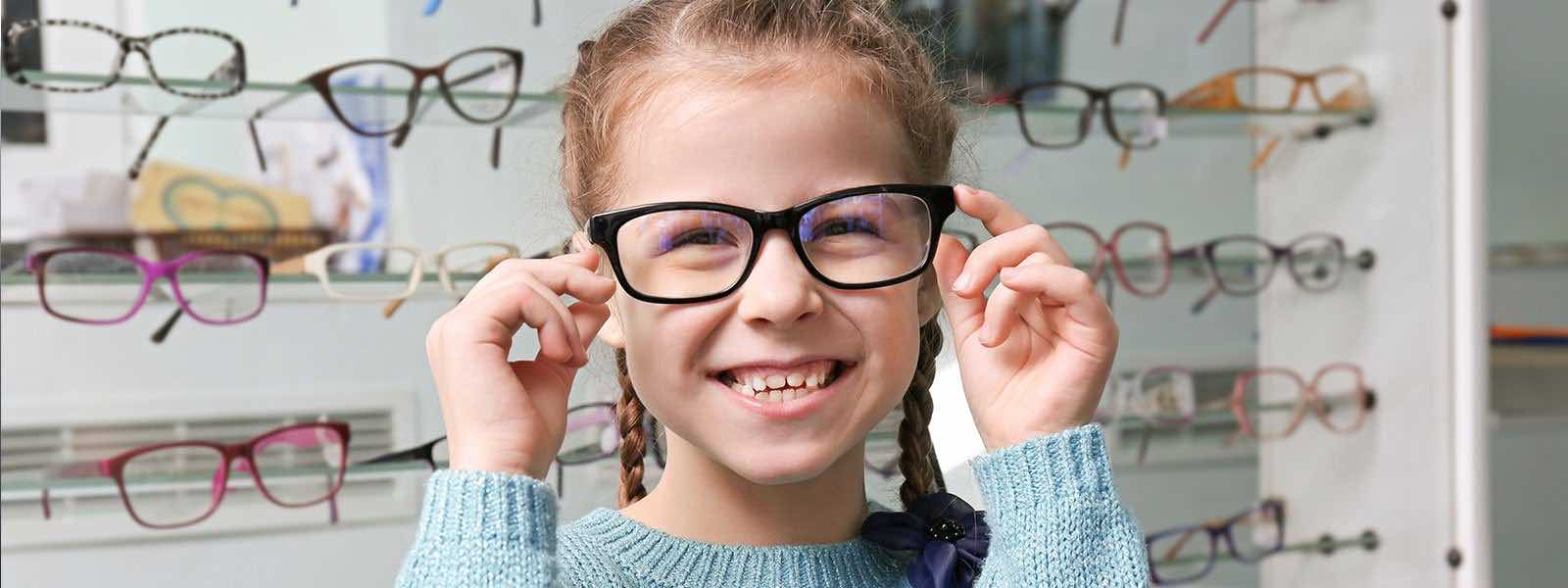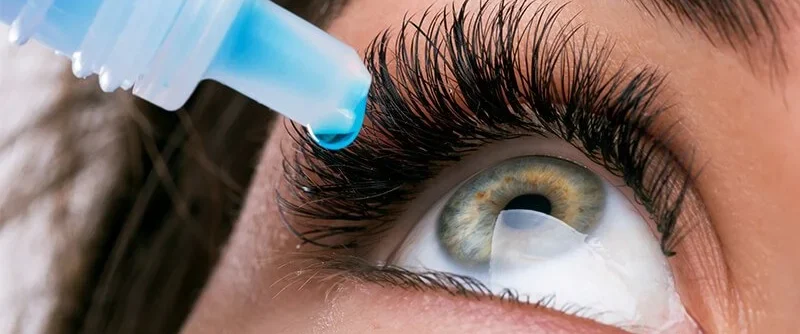Dilation for Pediatric Eye Exams & What You Need To Know

Children’s eye exams are important for many reasons. Kids need to see clearly to learn and develop. Without sharp vision and a fully functional visual system, children can struggle with reading, writing, playing sports, and socializing confidently. If your kid falls behind in any of these normal parts of growing up, he or she may feel like a failure. Poor self-esteem leads to a mixed bag of problems, including behavioral issues and learning difficulties. So don’t be negligent when it comes to scheduling yearly eye exams for your child!
To ensure that pediatric eye exams are accurate, dilation is usually recommended. This means special dilating drops will be inserted to enlarge your child’s pupils.
Why insert dilating eye drops for a pediatric eye exam?
There are several important reasons for dilation, including:
- By relaxing the focusing muscles of the eye, the eye doctor can detect vision disorders and measure refractive error more precisely
- Wider view of the entire eye structure; dilating eye drops enable the eye doctor to view 15% more of the inside and back of the eye, allowing a more complete evaluation of eye health and certain systemic conditions
- Young, nonverbal kids cannot provide clear or reliable feedback about their vision, and they don’t always notice problems; dilating eye drops enable a more objective testing process
How are the dilating eye drops delivered?
Your child will tilt their head back and we will quickly place the drops into their eyes. Any excess eye drops will be wiped dry. It takes about 20-25 minutes for dilation to take full effect.
How long does the dilation last?
Typically, kids will have enlarged pupils for several hours. Sometimes (although rarely), the dilation might remain until the next day. If this occurs, it is a normal reaction that depends largely on the type of eye drops used and the color of the kid’s eyes.
What are the side effects of dilating eye drops?
The moment that the drops are applied, some stinging may be felt. But it passes momentarily. Until pupils return to normal size, vision may then be blurry. The effects are not too bothersome for most kids, and they can still function normally. They’ll have light sensitivity which wearing sunglasses will help with that problem. Generally, children can return to school afterwards, but it’s advised to make teachers aware of blurred vision. Allergic reactions are uncommon, but if they occur, red eyes and eyelid swelling may be experienced.
The value of pediatric eye exams with dilation
In sum, a comprehensive pediatric eye exam with dilation may cause some discomfort or blurriness for your child for a few hours, but this inconvenience is definitely easier for kids to deal with than the potentially life-changing effects of growing up without clear, healthy, and functional vision.
Contact SightMD today to schedule an appointment with one of our doctors to discuss your child’s vision health at one of our convenient locations!


